A unique museum set a few kilometres away from the town of Oakey Queensland. Located at the Army Aviation Centre Oakey and telling the story of Australian Army Aviation is the Australian Army Flying Museum. Set on the historic Oakey Base, established during World War Two for the Number Six Aircraft Depot, the base was host to a variety of aircraft, for example Spitfires, Kitthyhawks, Beauforts and Wirraways. Built initially for aircraft repairs and servicing, post WWII the base was used for the disposal of aircraft and the breaking up of wartime airframes.
Today the base is host to most Army Aviation assets including the CAC Kiowa, Sikorsky S-70 Blackhawks, Eurocopter ARH Tigers and Eurocopter MRH-90 Taipans, which all call the base home. The Republic of Singapore also have a detachment of Eurocopter Super Puma helicopters operated by 126 Squadron that call the base home.
The Museum moved into its purpose built home in 2005 after being provided funding from the Australian Federal Government. It tells the story of aviation in the Army from its earliest roots through to today’s modern and well equipped aviation regiments.
The exhibits are well displayed and presented showcasing the humble beginnings of our pioneering days of early flight in Australia by the Australian Flying Corps. It is a unique place and one that you all should add to your list of museum’s in Australia to visit. I hope you enjoy the look around and photos of my visit.
Deperdussin
The Deperdussin was the first monoplane used in Australia. In 1912 the Australian Government ordered two Deperdussin single seat trainers to supplement the B.E.2a that were ordered on the same day. Powered by a 35 Hirsepower Anzani Y type engine, the first one, C.F.S.4 was used for flying practice with the second, C.F.S.5 used for Taxiing instruction.
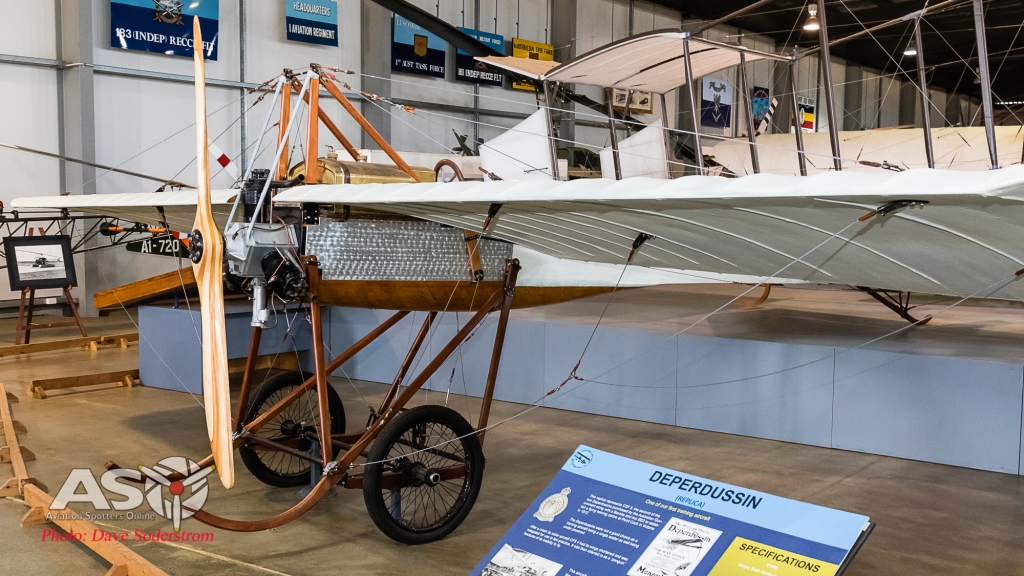
The Deperdussin replica, which was built by Jack Gillies, portrays a 1910 model aircraft. It was built as a tribute to Jack’s father who was one of the first mechanics at the Central Flying School at Point Cook in 1914.
The Australian Flying Corps was formed in 1912 as a sub branch of the Australian Army. The Flying Corps were responsible for flying and operating aircraft during World War One. Flying types like the Bleriot XI, Bristol Boxkite, Bristol F.2 Fighter, Airco DH.5, Armstrong Whitworth F.K.3, Avro 504 as early examples, the Australian Flying Corps (AFC) initially used aircraft for reconnaissance and patrol work. As aircraft improved and developed, roles expanded into aerial bombing, ground attack, and troop re-supply.
The AFC went and saw active service in Palestine and over in France. The Corps were finally disbanded in 1919, when the fledgling Royal Australian Air Force was to be established in 1921.
Bristol Boxkite
The Bristol Boxkite holds the distinction of being the first military aircraft to fly in Australia. On the 1st March 1914, C.F.S.3 took off from Point Cook flown by Eric Harrison. Nearly all of Australia’s first pilots gained their wings by flying this aircraft. A second Boxkite was ordered in 1914 and produced at Point Cook thus becoming the first military aircraft built in Australia, in 1915. This aircraft became, C.F.S.8, but it’s career was short lived and was destroyed in 1916.
Sopwith Camel
The Sopwith Camel entered service with the Australian Flying Corps in 1917. Number 4 Squadron embarked for England on 17 January 1917, arriving at Plymouth on 27 March, and was sent for training at Castle Bromwich, near Birmingham. The squadron was designated 71 (Australian) Squadron, Royal Flying Corps (RFC). It wasn’t until January 1918 at the squadrons base at Bruay, where operations in support of the British 1st Army that operations flying offensive patrols and escorting reconnaissance machines took place. Numbers 5, 6 and 8 Squadrons also flew the type in training roles. On display at the museum is a replica of the aircraft type, and is marked as E1416 an 1.F.1 model. The original aircraft was built by Ruston, Proctor and Co in Lincoln and served with 4 Squadron.
Fokker DR.1
The Camel’s foe over the skies of the Western Front was the Fokker DR.1. The most famous example being the all red aircraft flown by Manfred Von Richthofen. It is now pretty much accepted by most that an Australian was responsible for shooting down the Red Baron – most likely Sergeant Cedric Popkin of the 24th machine gun company. Australian soldiers were the first to the crash site, and the first to lift souvenirs from his aircraft. On display at the museum is a replica that flew regularly in the 1990’s. It was flown as part of the RAAF Museum collection from Point Cook. Powered by the Continental R-670 radial engine it ended up in storage with the AWM in Canberra, ACT.
Auster Mk III
Entering service with the RAAF in 1943 the Auster Mk.III was employed in the observation and communications roles. Some fifty six aircraft were delivered and in service until 1959. Many were flown by Army aviation personnel and these aircraft were the foundations of which the independence from the RAAF was formed. A11-41 was taken in charge by the RAAF in 1942 and was retired from service in 1959.
Commonwealth Aircraft Corporation CA-19 Boomerang
Another Australian design on display is the CAC Boomerang. Used in the Army co-operation role as it was outclassed by modern day axis fighters, the Boomerang was known as the panic fighter. The was due to the aircraft being designed, built and flown in the space of five months. Imagine Boeing or Dassault doing that today! The aircraft was built around tried and proven components such as the Pratt and Whitney Twin Wasp engine, and many items that were already in production on the Wirraway. Two hundred and forty nine were produced at the company’s Fisherman’s Bend factory. The aircraft on display was an actual flying airframe, flying as VH-BOM. This is CA-19, A46-206, is what remains of the aircraft acquired by Guido and Lynette Zuccoli in 1989, who had the aircraft restored by Sanders Aircraft at Chino. During WWII the aircraft had served with 83 Squadron RAAF coded MH-Y. 83 Squadron initially provided home defence for Brisbane before moving to Milingimbi and then Gove in the Northern Territory. Unfortunately Guido was killed in a flying accident on March 6, 1997, his wife Lynette, maintains most of the family’s fleet even today. The aircraft was donated to the museum in 2007.
Commonwealth Aircraft Corporation CA-25 Winjeel
In 1948 the Commonwealth Aircraft Company (CAC) began a new design to replace the now obsolete Wirraway and Tigermoth trainers. The RAAF requirement for a three seat trainer saw the prototype fly in February 1951 and a redesigned second prototype was trialed, flying in 1955. Sixty two production CA-25 aircraft were built and saw service until retirement in 1994. The type was also employed in the Forward Air Control (FAC) role where Army pilots flew and trained in this role. On display at the museum is A85-432.
Bell 47 Sioux
The introduction of the Bell 47 into the Australian Army was an important milestone in the service. It saw the Army achieve rotary aircraft independence from the RAAF. Some sixty five aircraft, comprising of three different models, saw service with the Army. The type was in service from 1960-1977. Of the sixty five, thirty seven of them went to war in Vietnam. Flying as part of 161 Reconnaissance Flight, they flew some 43,911 hours and 66,069 sorties. Eight were written off or shot down in operations. On display is A1-720, a B-47G3-B1 which was taken on strength in 1968 and then flown in combat operations between 1968 and 1969.
Cessna O-1 Birddog
The Australian Army was loaned two Cessna O-1 Birddogs. In 1967 161 Reece Flight operated them. Some 921.35 hours were flown by the two aircraft. They were flown alongside the Cessna 180s on visual reconnaissance flights, night flying missions and Search and Rescue (SAR) among others. In 1970 the remains of a crashed Birddog were recovered to 161 Reece Flights operating base at Nui Dat. Many favours and exchanges took place including the swapping of a HR Holden staff car for parts and components to get the aircraft, now named ‘Bunny II’ to operational configuration. The huge undertaking was a success when it was test flown by Charlie Brewster. The aircraft was then shipped back to Australia and did fly on a few occasions. Retired from flying the aircraft tells an exciting and uniquley Aussie story of ingenuity and perhaps a bit of rule bending.
Bell UH-1H Iroquois
Two of the famous Bell product, the Iroquois, are on display at the museum. The Iroquois is one of only a few airframes to have been operated by all three flying branches within the ADF, the Air Force, Navy and Army. The first “B” model example entered service in 1962, operated by the RAAF in the Search and Rescue role (SAR). The Army took over operating the type from the RAAF in late 1989 with 25 of the improved and larger H models. 171 Squadron of the 5th Aviation Regiment flew the type until retirement in 2007. On display at the museum is A2-649 and 149.
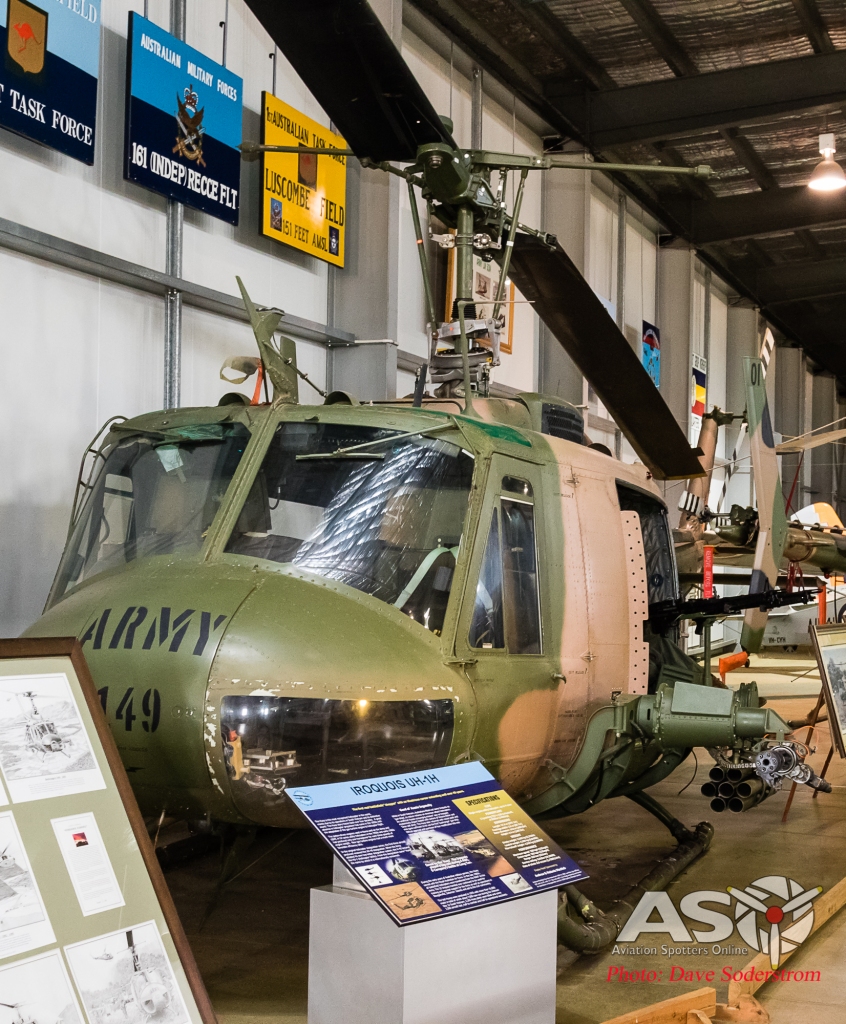
9 Squadron received A2-149 and A2-110 due to the the loss on operations of A2-381 and A2-769 in 1969. It completed several tours with the Peace Monitoring Group, Bougainville. The aircraft finished its service with 171 Squadron – 1st Aviation Regiment.

The aircraft is display in its Bushranger configuration which included twin M-60s on mounts.

Delivered in 1967, as a UH-1D model it was subsequently upgraded to UH-1H, standard.
Delivered in 1967, as a UH-1D model it was subsequently upgraded to UH-1H, standard. It was to be allocated A2-166 but it was never applied. Delivered directly to 9 Squadron in Vietnam. It flew in operations as part of the United Nations Emergency Force II 1976-79. Based in Ismailia, Egypt. Painted overall white Served in the Sinai with the Multinational Force and Observers (MFO) in 1982-1986. Transferred to Army Aviation in 1989 and flying with 171 Squadron of the 1st Aviation Regiment. It also flew several missions with the Peace Monitoring Group, Bougainville, 04/98 to 19/07/01. Operation Bel Isi Painted overall red to distinguish from the ex-RAAF Iroquois flown by PNGDF.
GAF Nomad
The Australian built and designed Government Aircraft Factory Nomad entered service with the Australian Army in 1975. An initial batch of eleven short fuselaged N22 versions were allocated and flown by No 173 (General Support) Squadron and the School of Army Aviation at Oakey. The Nomad has a history well known in Australian aviation circles and that’s all I will say about it. On display at the museum is A18-307. The aircraft was accepted by the RAAF in 1977 and was flown to Oakey to join 173 Support Squadron in 1978. It’s last flight was in 1994 and after some time as an instructional training aid it joined the fleet at the museum. Outside is a second example of the Nomad, more on this later.
Cessna 180
Another Army Aviation type that did go to war was the Cessna 180. Seven of them deployed to South Vietnam with 161 Reece Flight from September 1965 until February 1971. Three were lost in crashes and or destroyed while on deployment. Their tour of duty ended in 1971 when the type was replace by the Pilatus Porter. On display a the museum is A98-045 a C-180D model.
CAC Kiowa (Bell 206B-1)
In the late 1960s the Australian Army had a requirement for a Light Observation Helicopter (LOH) to replace the Bell 47G Sioux.
Come February 1971 the Australian Government announced an order for seventy five examples of the Bell OH-58A Kiowa. The government chose the 206B-1 version, which was a military variant of the civilian 206A Jet Ranger with an upgraded engine and lengthened rotor blades. To aid operating in unprepared areas, the Kiowa would be fitted with higher skids, and other items like radios, suitable for ADF operations.
With the ADF heavily involved in the War in Vietnam, in 1971, 161 (Indep) Recce Flt, had taken delivery of eight Bell OH-58A Kiowas on lease through the US Army. Back home the Commonwealth Aircraft Corporation was to manufacture the new Kiowas. The first twelve Kiowas were built in Bells factory in knock-down form with re-assembly completed at Bell Helicopter’s facility at Brisbane Airport. The first Australian built machines were produced under the CAC designation of CA-32, the first of which (A17-013) was first flown from Fishermans Bend Victoria on 20 March 1973. Today the Kiowas continue to be operated in smaller numbers by the School of Army Aviation at Oakey for training purposes and operational tasks by 162 Recce Squadron in Townsville and 161 Recce Squadron in Darwin. The Kiowa is now in its twilight in Army service and will be replaced EC-135T2+ in the training role in the Helicopter Aircrew Training System (HATS) program based at HMAS Albatross, Nowra NSW.
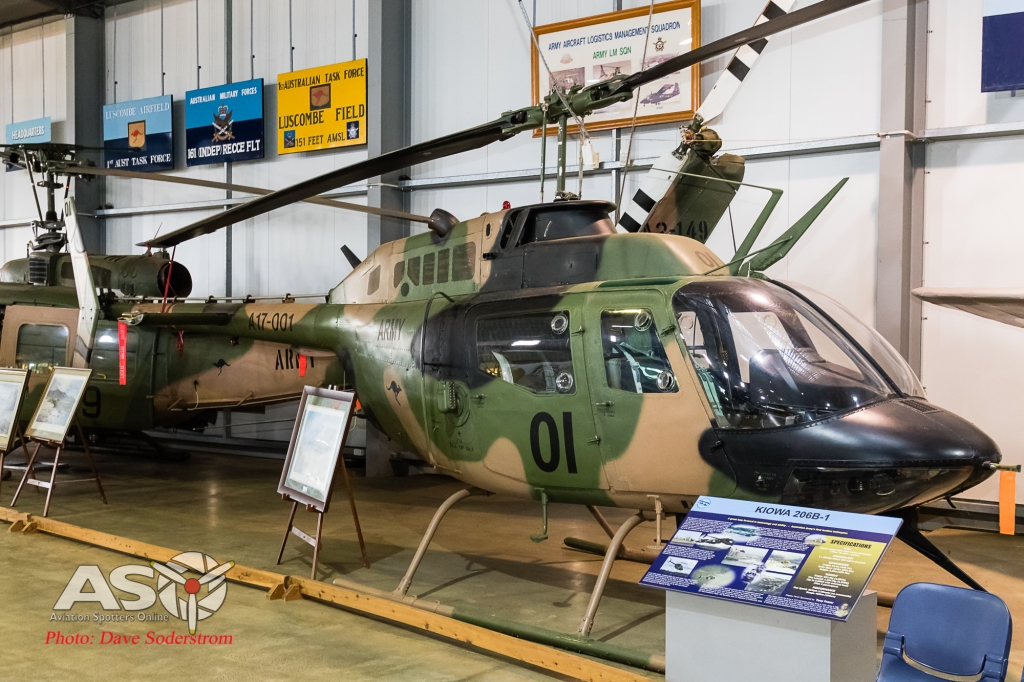
A17-001 is the first Australian Army Kiowa. Built at Bells factory, it was delivered on the 22/11/71 and handed over to the Army at Brisbane Airport.
Pilatus PC-6 Turbo Porter
Nineteen Pilatus Porters were ordered for the Australian Army. Six were deployed to South Vietnam with 161 Independent Recce Flight. A14-680, -681 and -686, travelled to Vietnam aboard HMAS Sydney and they arrived at Vung Tau on 28 November 1969. The last operational flight of a Porter in Vietnam was carried out on 13 Dec 1971, after which the Porters were prepared for their eventual return to Australia in early Jan 1972. The Pilatus Porters remained in service with the Australian Army Aviation Corps until 17 October 1992, when the aircraft were officially retired from service and were listed for sale. Three Porters are preserved in Australia. A14-690 was allocated to the Australian War Memorial in Canberra for eventual static display while A14-652 is on display at the museum. A third airframe A14-704 is on display at the RAAF Heritage Centre Amberley.
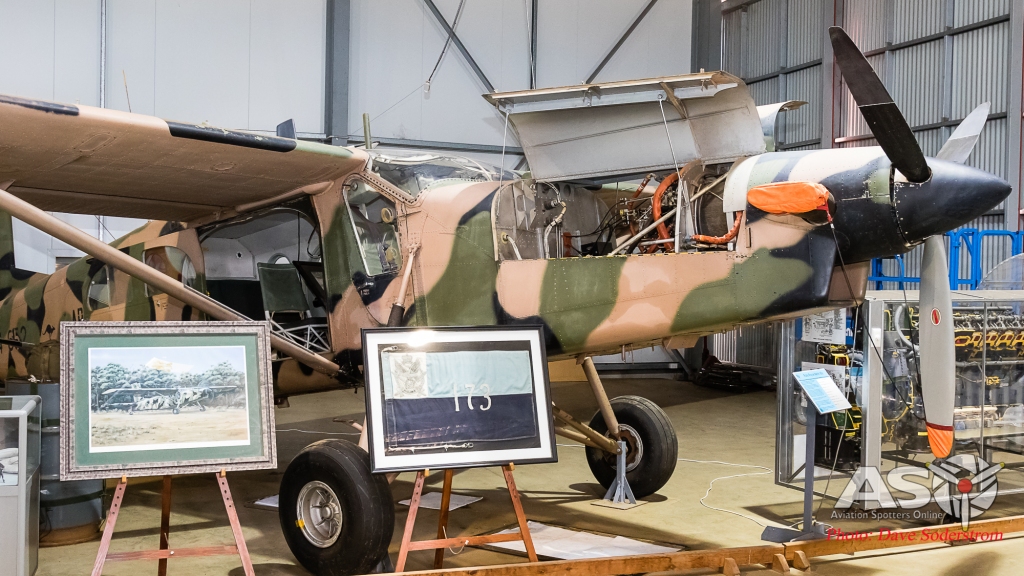
Delivered to the 1st Aviation Regiment at RAAF Base Amberley Qld on 16/02/68 after a 16-day flight from Stans in Switzerland. In July 1969 the aircraft was deployed to LAE in PNG for service with 183 (Indep) Recce Flight. The aircraft was withdrawn from service in 1992. It became part of the museum collection in 1994.

The PC-6 is powered by a 550 shaft horse power Pratt and Whitney PT6 turbine engine fitted with a constant speed propeller unit with reverse pitch capability.
Boeing CH-47D Chinook
In 1995 the Australian Army received four ex RAAF CH-47C helicopters which were converted to CH-47D standard with two new build CH-47D-LR numbers 201 & 202 joining directly from Boeing in 2001. The Army deployed to Afghanistan between 2006 and 2013 where the Chinooks were flown in support of the joint operations. A15-102 was destroyed in May 2011 and A15-103 on June 2012.
In November 2011 two ex US Army CH-47D’s were acquired, A15-151 & 152, which were delivered in June 2012. In 2016 the Delta model was replaced by the newer and more powerful F or Foxtrot model. Ten of them are in service with the 5th Aviation Regiment based in Townsville, QLD.

A15-104 was delivered on the in March 1995, and was previously A15-004. The aircraft was flown in operation in the Gulf during Operation Bastile and Falconer during 03-04/2003. The aircraft is named ‘Crux Australis’.
Outside displays:
The outside display is on the active base side with two more exhibits. There is no access to these exhibits at this stage.
GAF Nomad
A18-300 is the second Nomad pre-prototype, VH-SUR. The aircraft featured tail modifications to increase the fin area and raise the rudder, and was displayed at the 1972 Farnborough Air Show. It was leased to the Army as A18-002 but crashed in 1973. After being repaired at the Government Aircraft Factory (GAF) as VH-SUR, it was returned to the Army in 1976 as an instructional airframe at No 5 Base Workshops.
De havilland DHC-4A Caribou
The RAAF took delivery of twenty nine Caribou’s starting in 1964. Flying with number 38 Squadron the type saw service in Vietnam where they soon began flying as ‘Wallaby Airlines’ and also where it’s Short Take Off and Landing (STOL) capabilities were put to great use. Some 79,739 sorties and 47,000 flying hours were flown during combat operations. The type continued in RAAF service until 2009 until it was finally replaced by the Alenia C-27J Spartan. A4-195 has became part of the museum’s collection in 2015.
I thoroughly recommend a visit to this museum to see this very unique collection and the comprehensive history of Army Aviation in Australia. The museum can be found at Museum Drive, Oakey Airport, Queensland.
A link to the website is here: http://www.armyflyingmuseum.com.au/
OPEN HOURS
Wed – Sat
10am – 3pm
CLOSED
Sunday, Monday & Tuesday

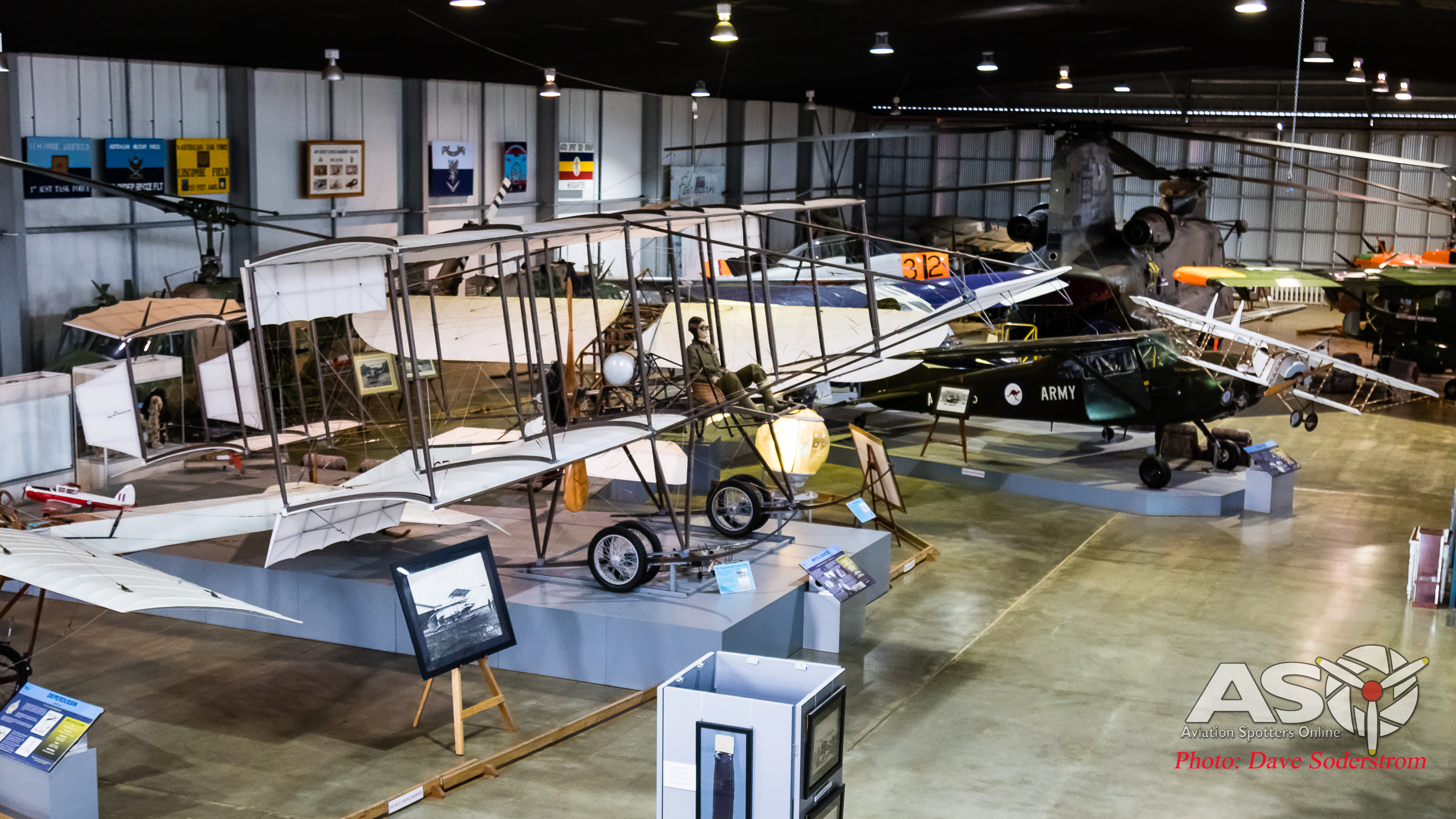


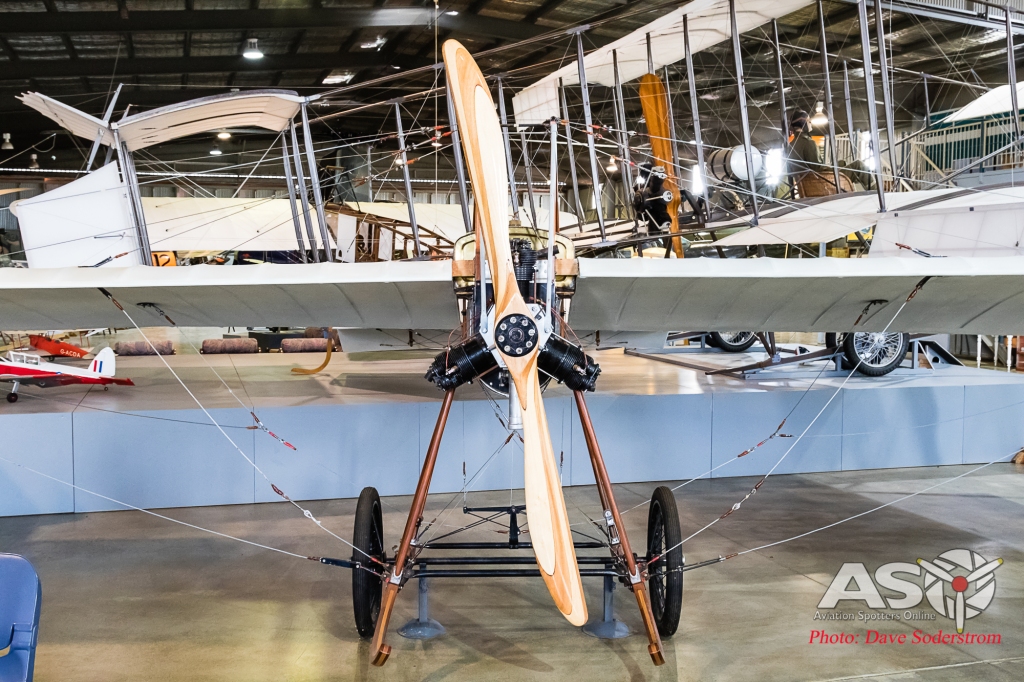
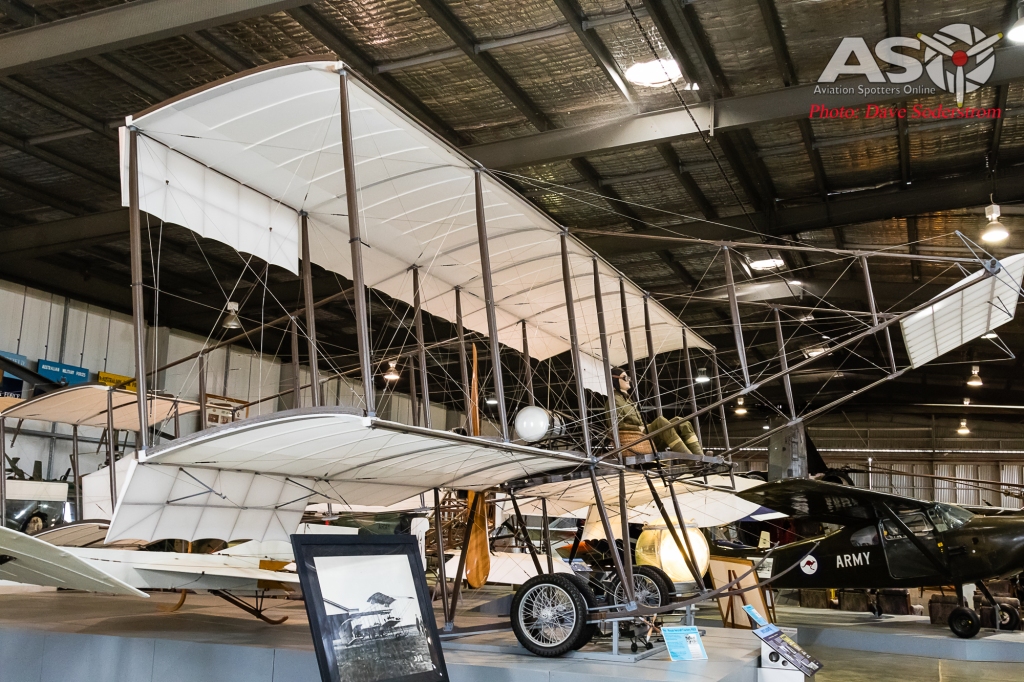

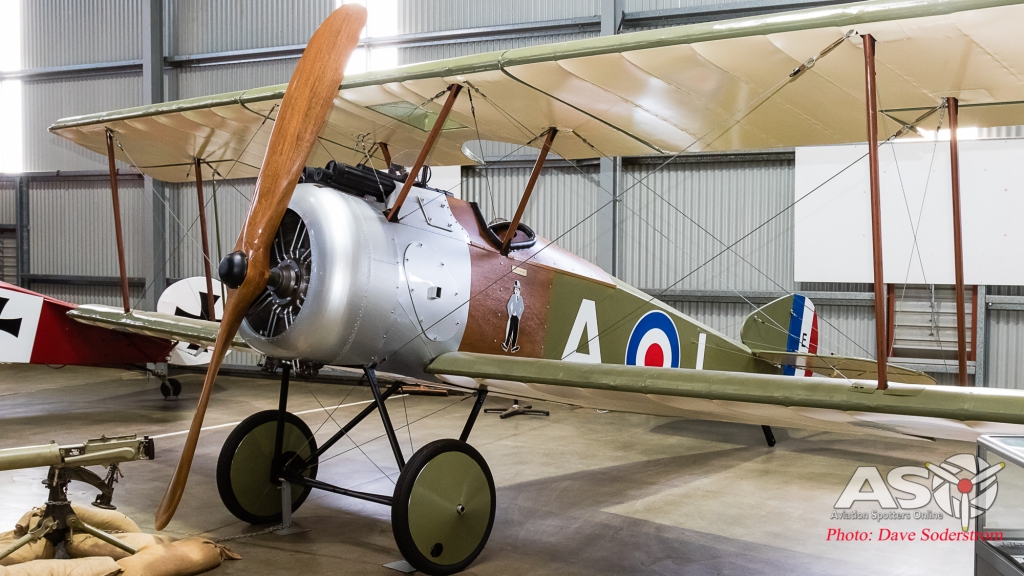
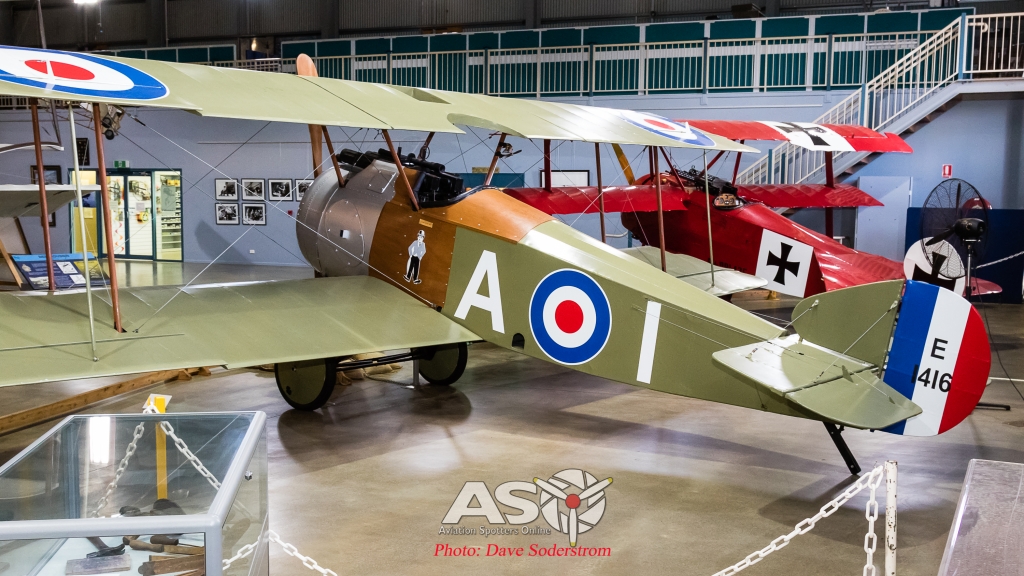
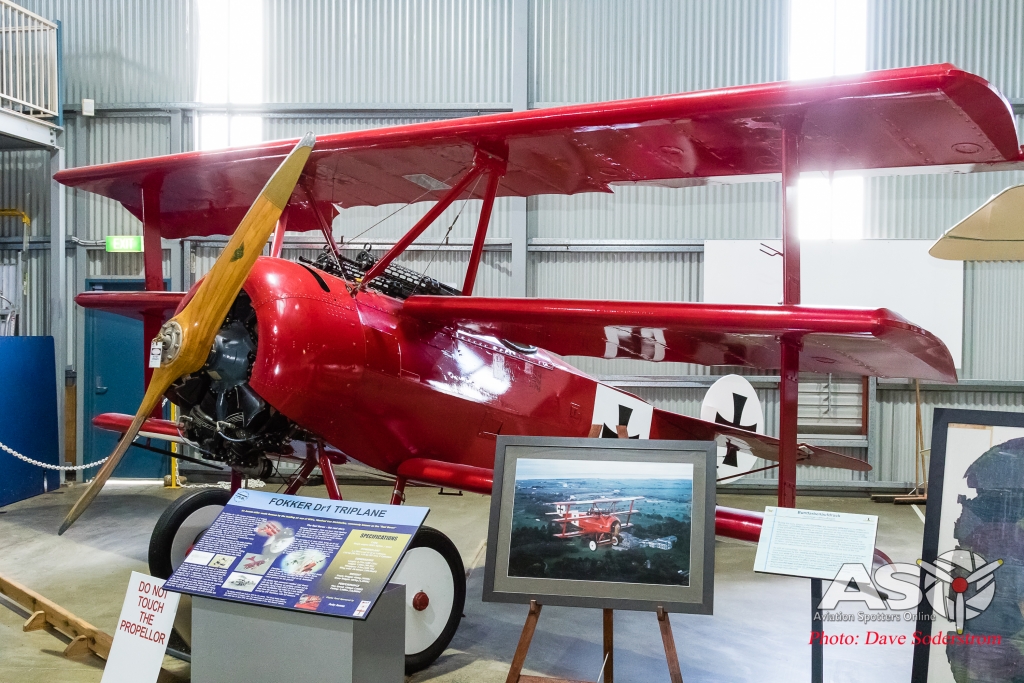
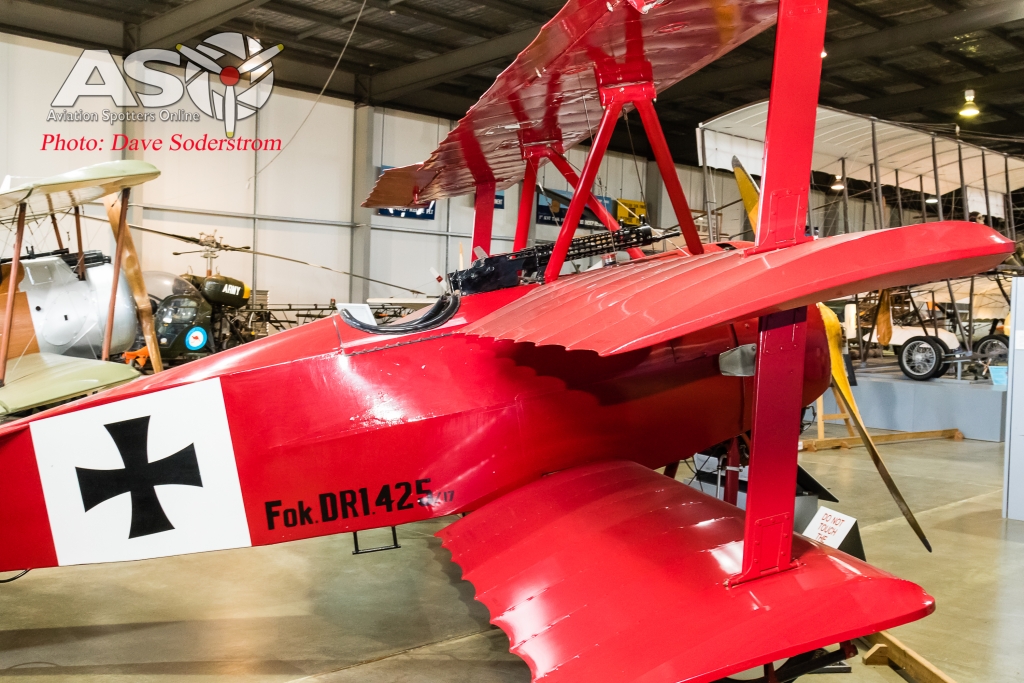





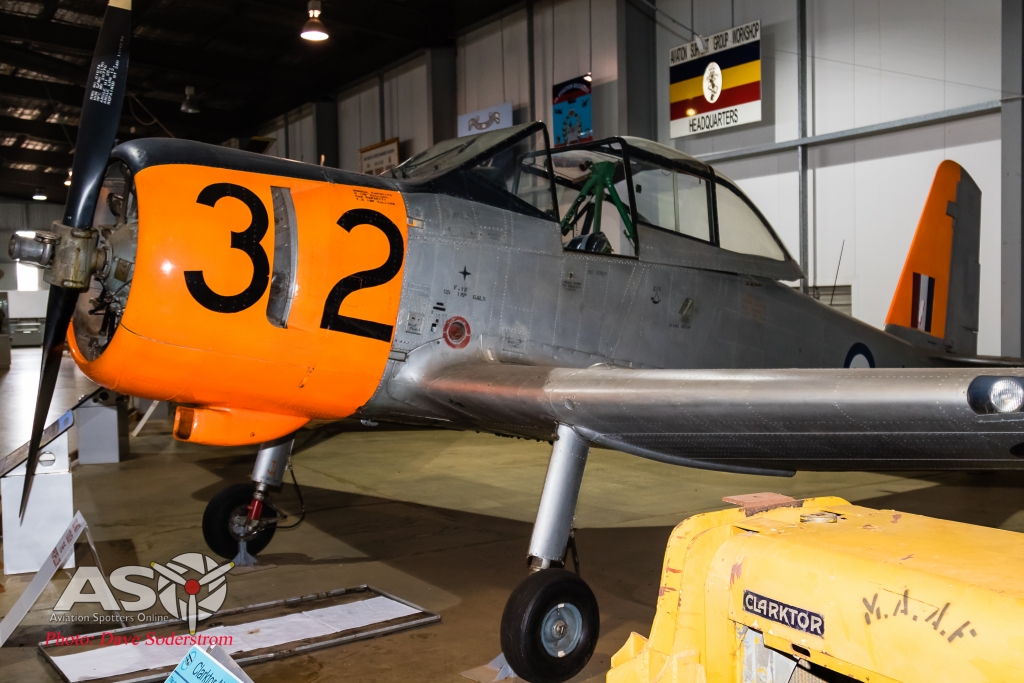

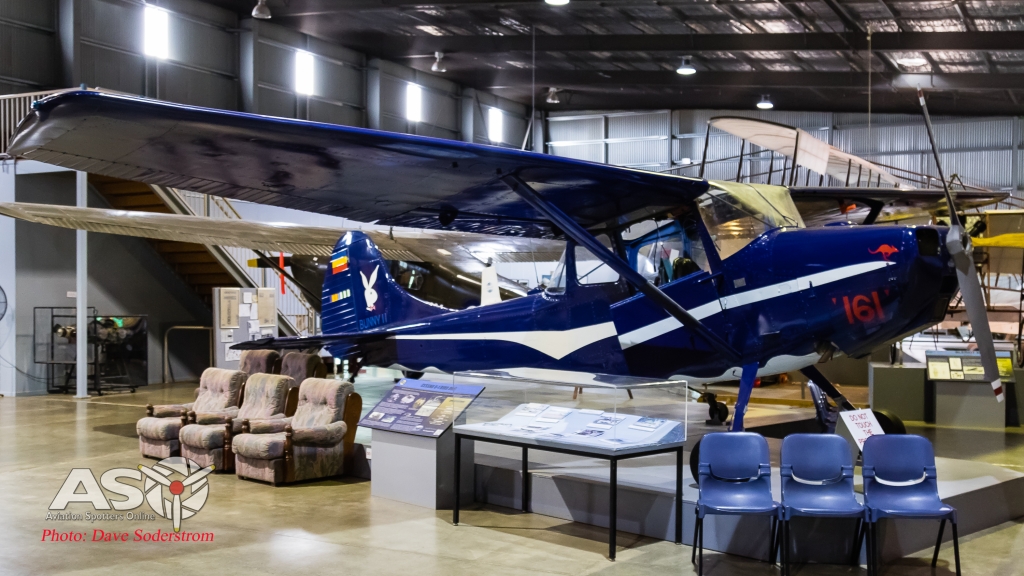

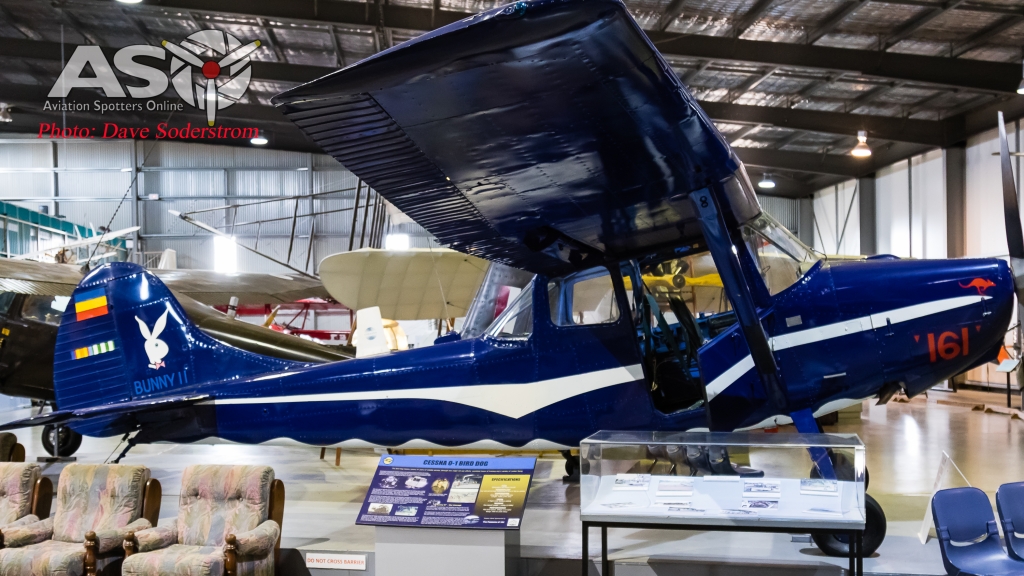
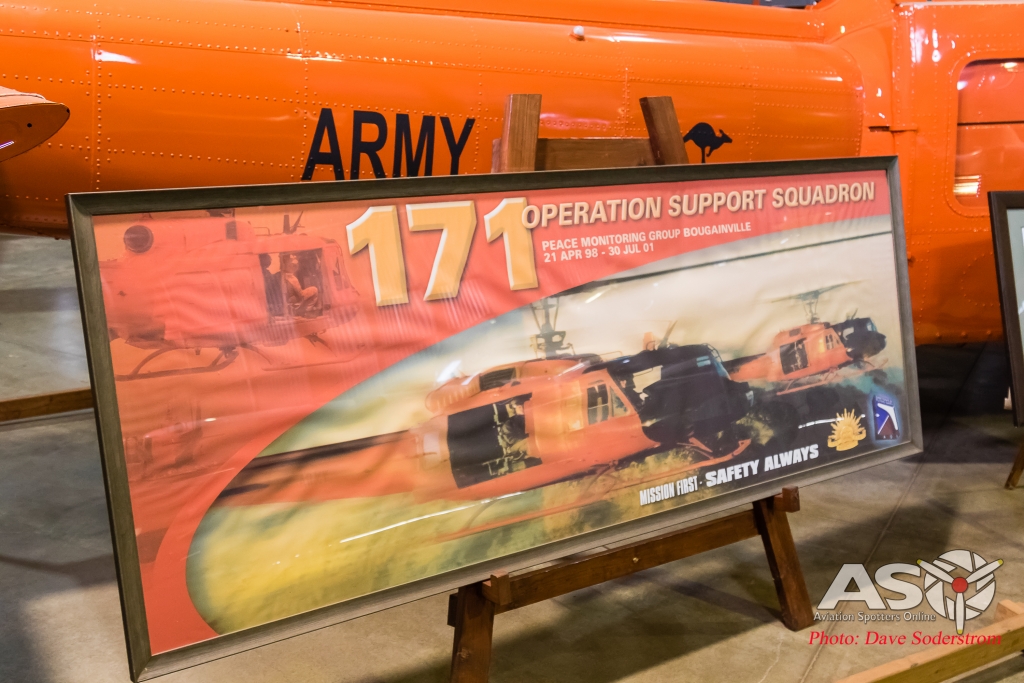

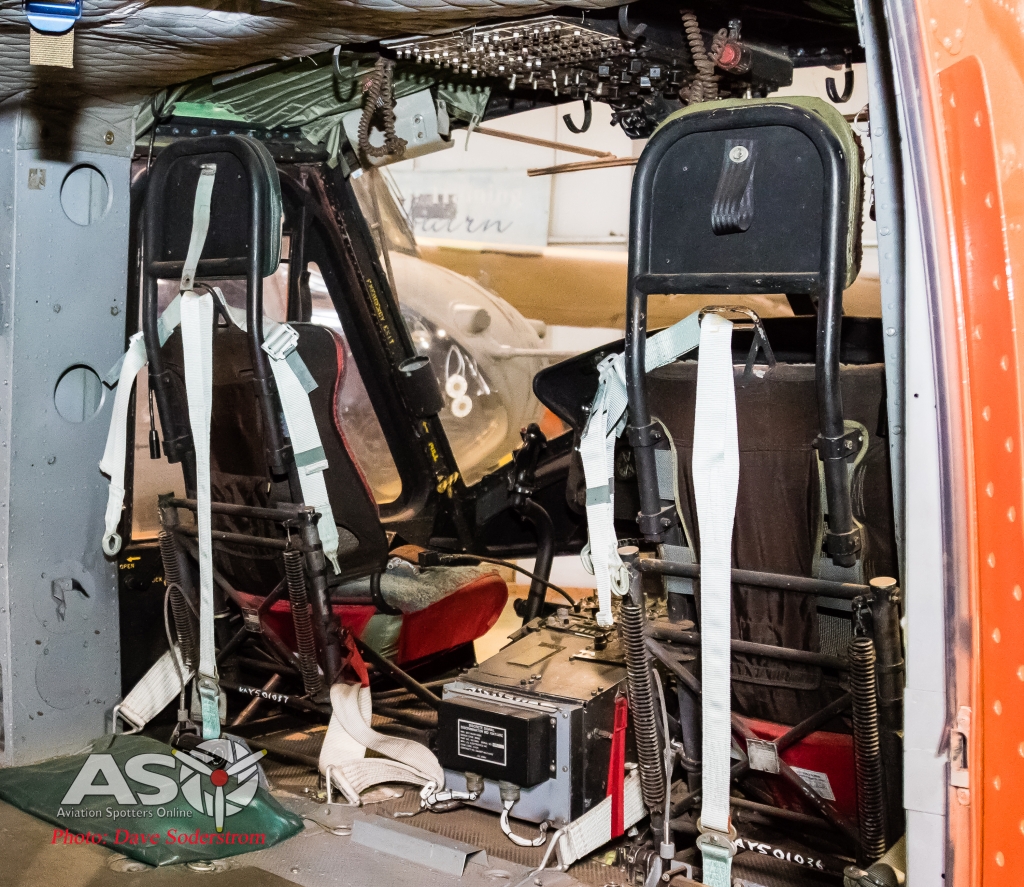
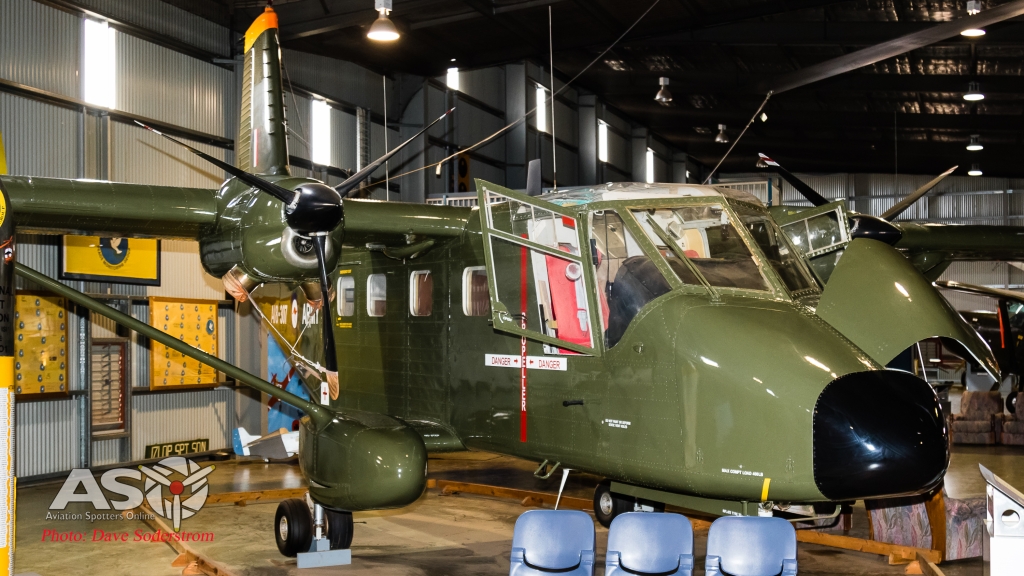
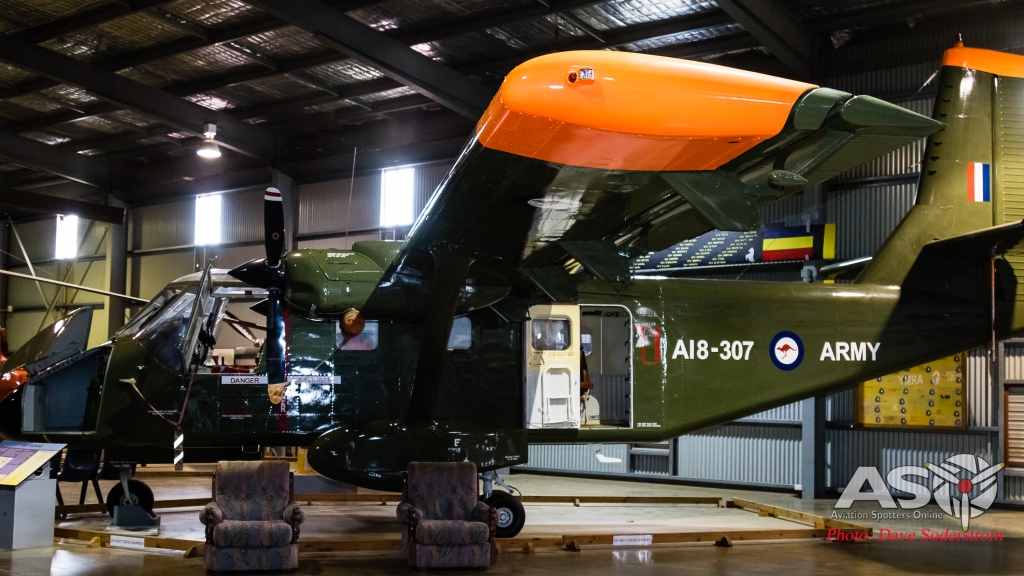

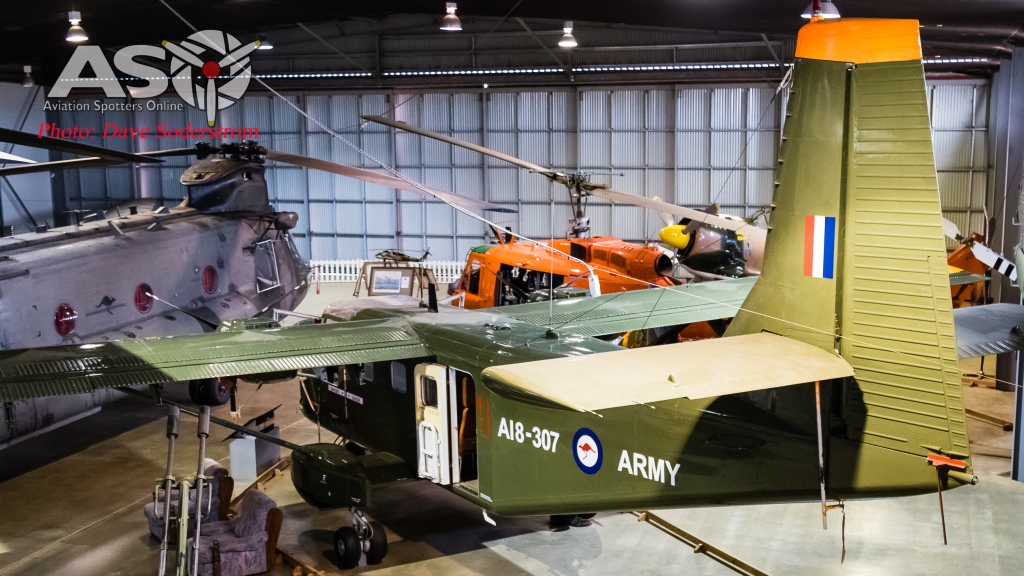



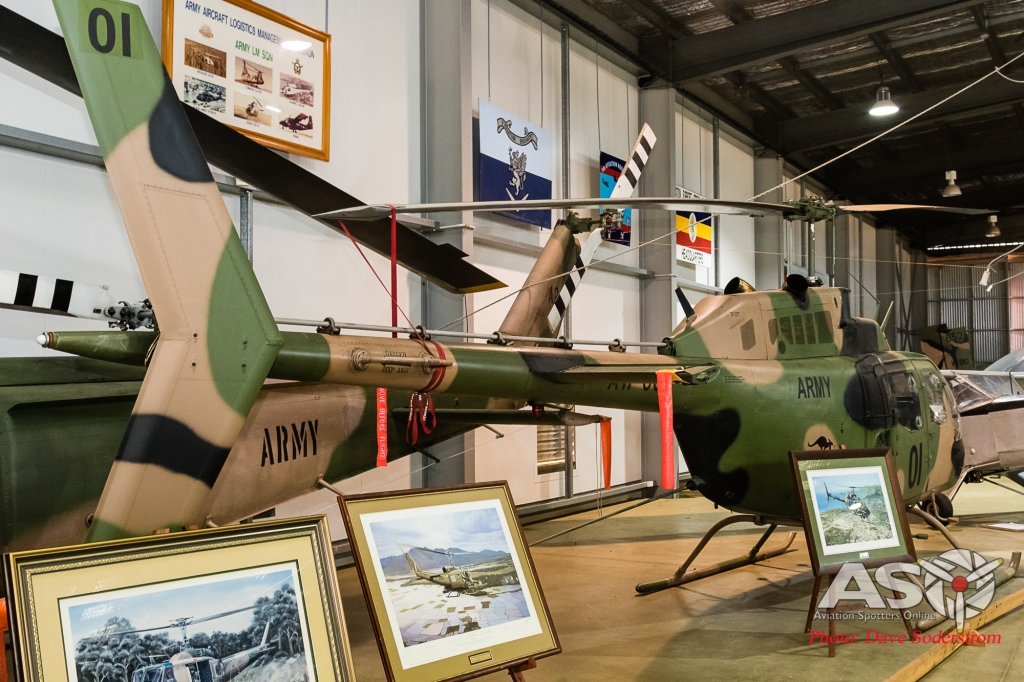

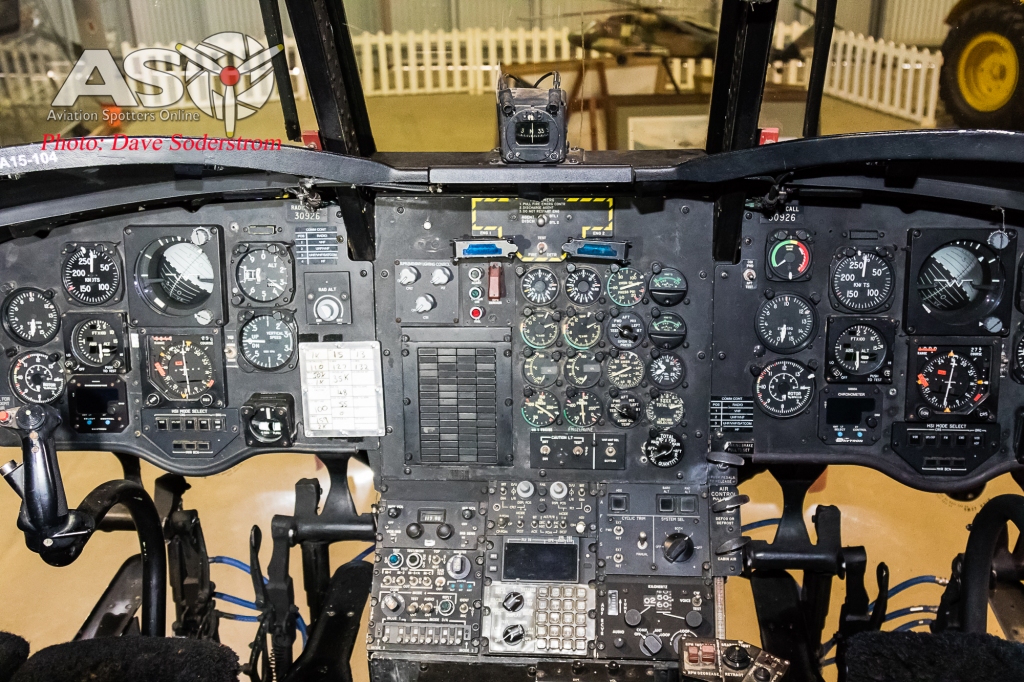
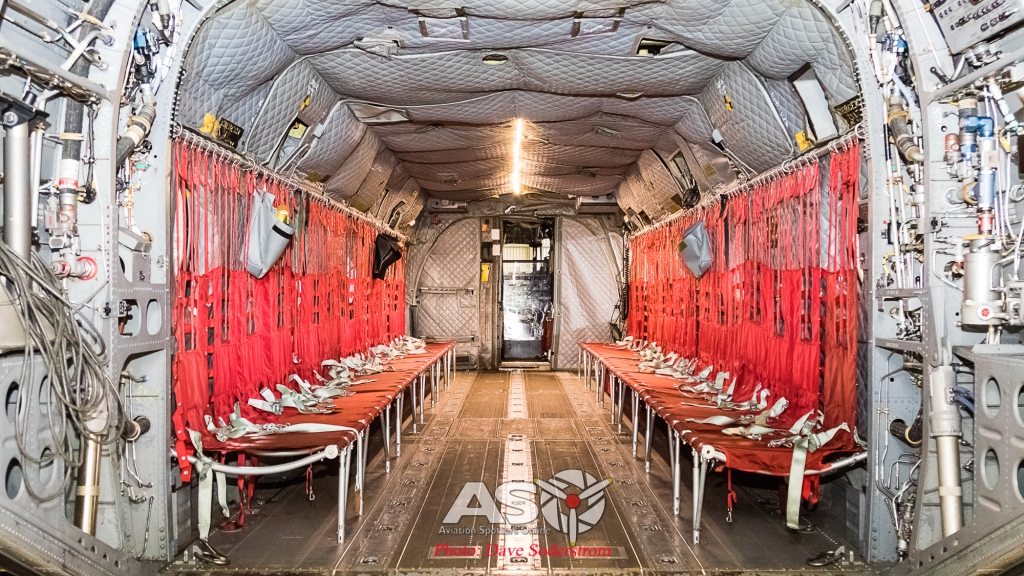
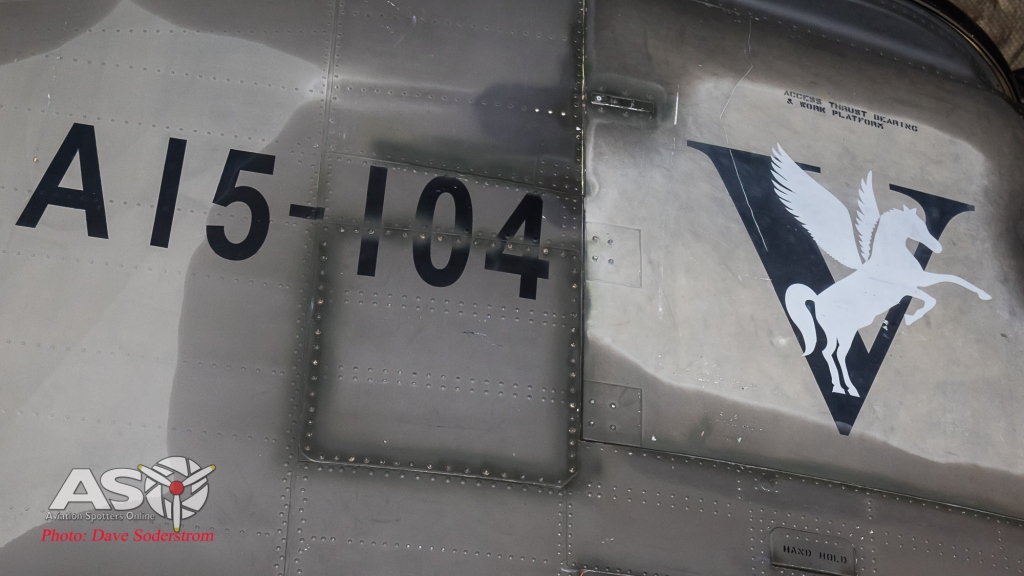

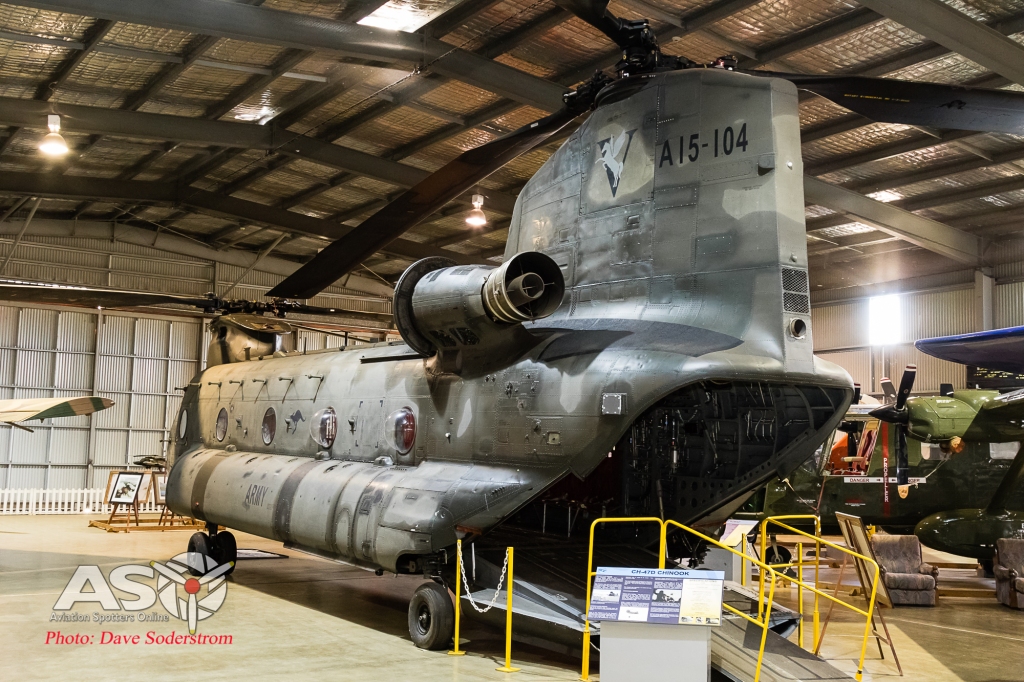

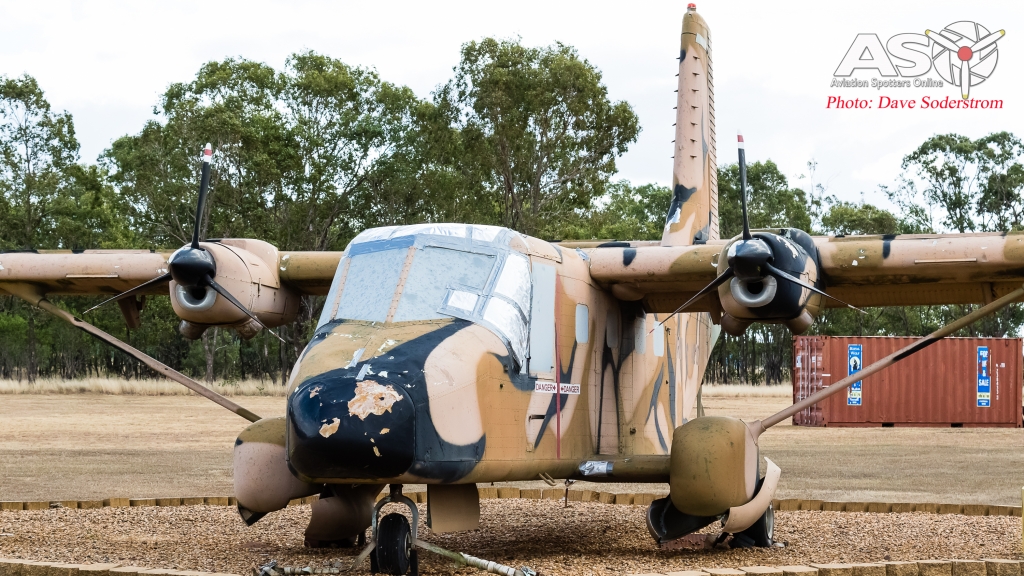

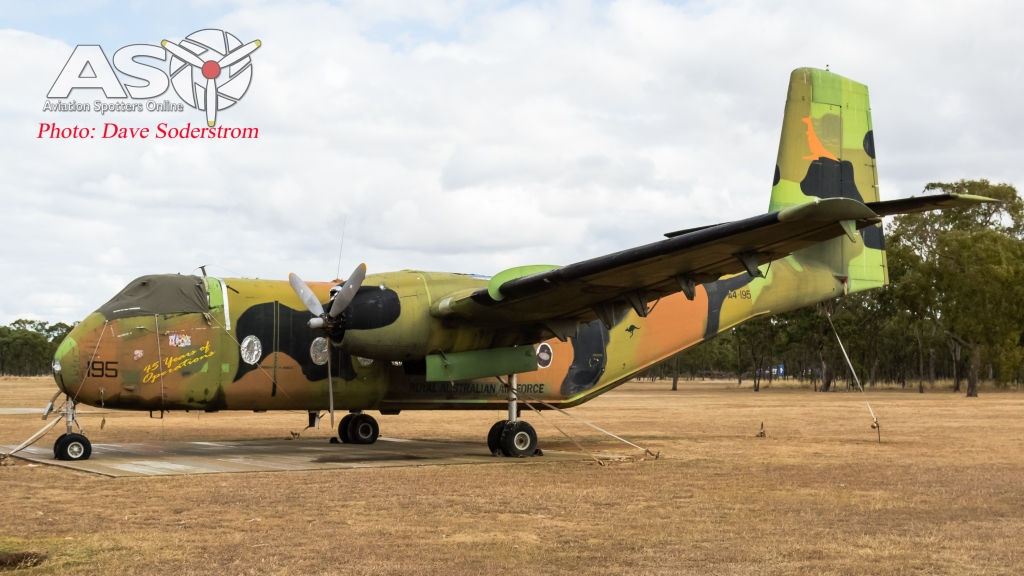

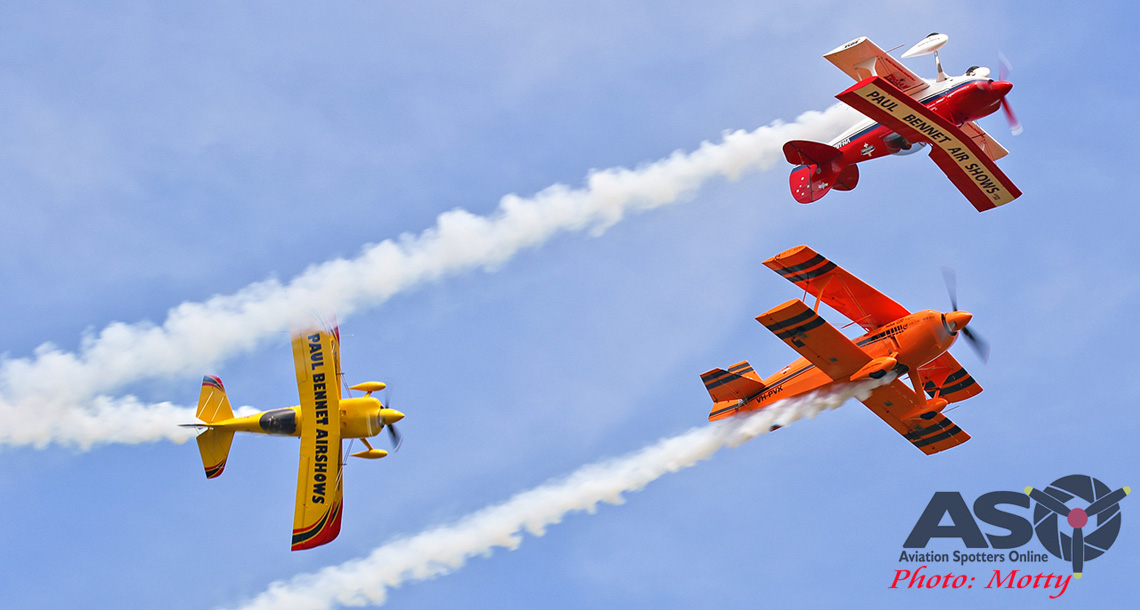






This site and photos are very well laid out.
Well done
Sid Gilmore UK
Hi Sydney thanks for the feedback we always try to deliver a quality product. Dave